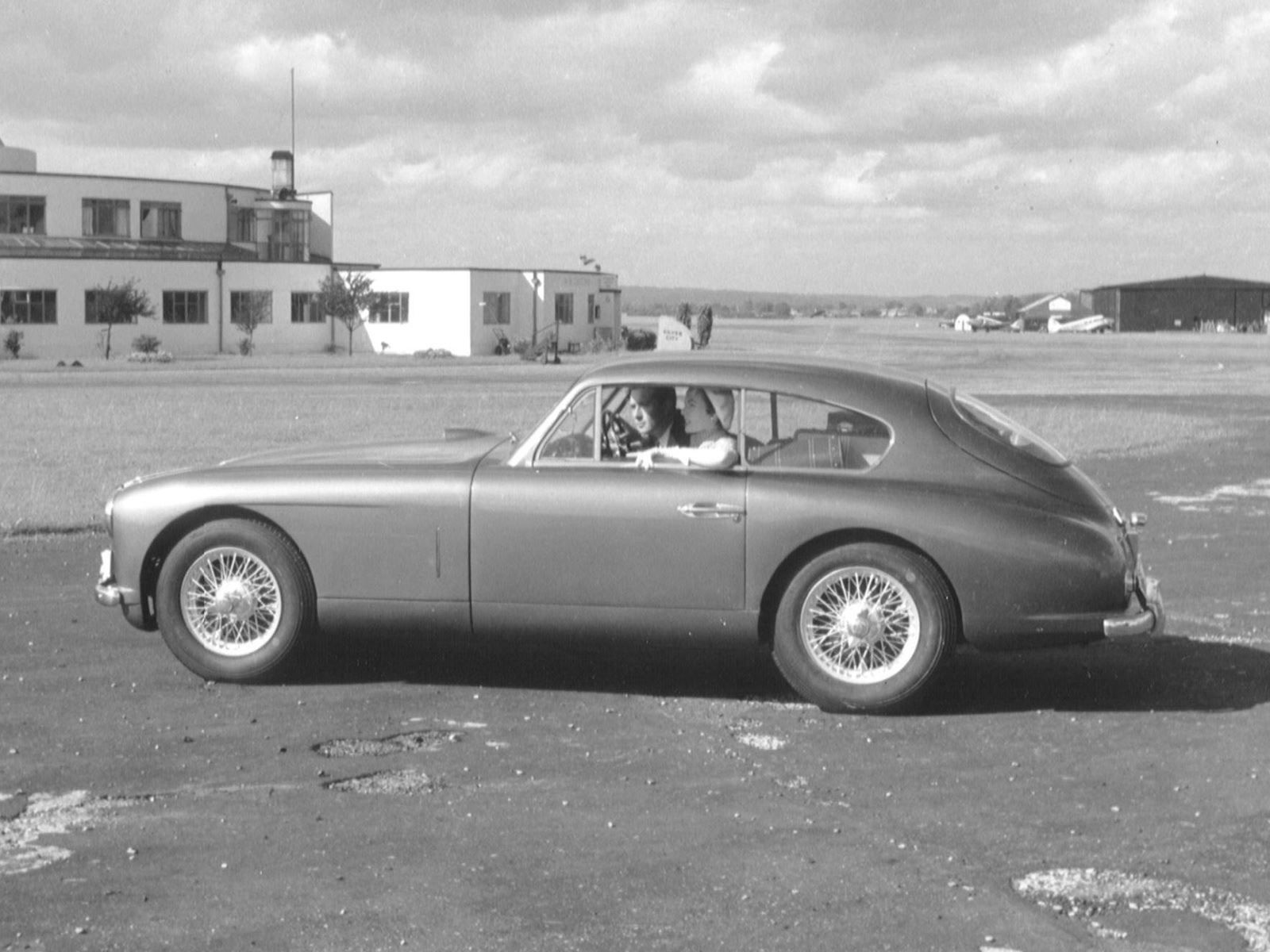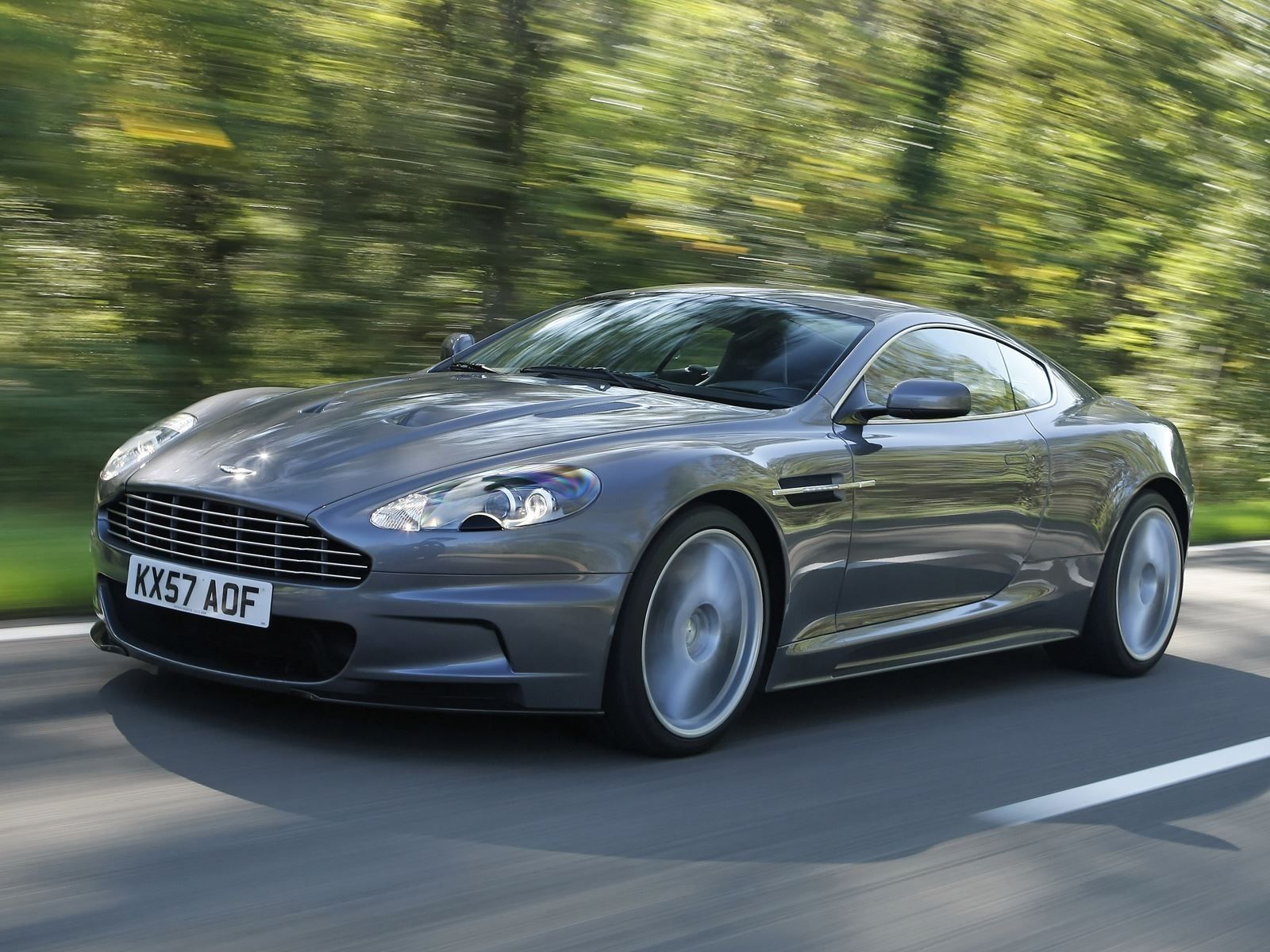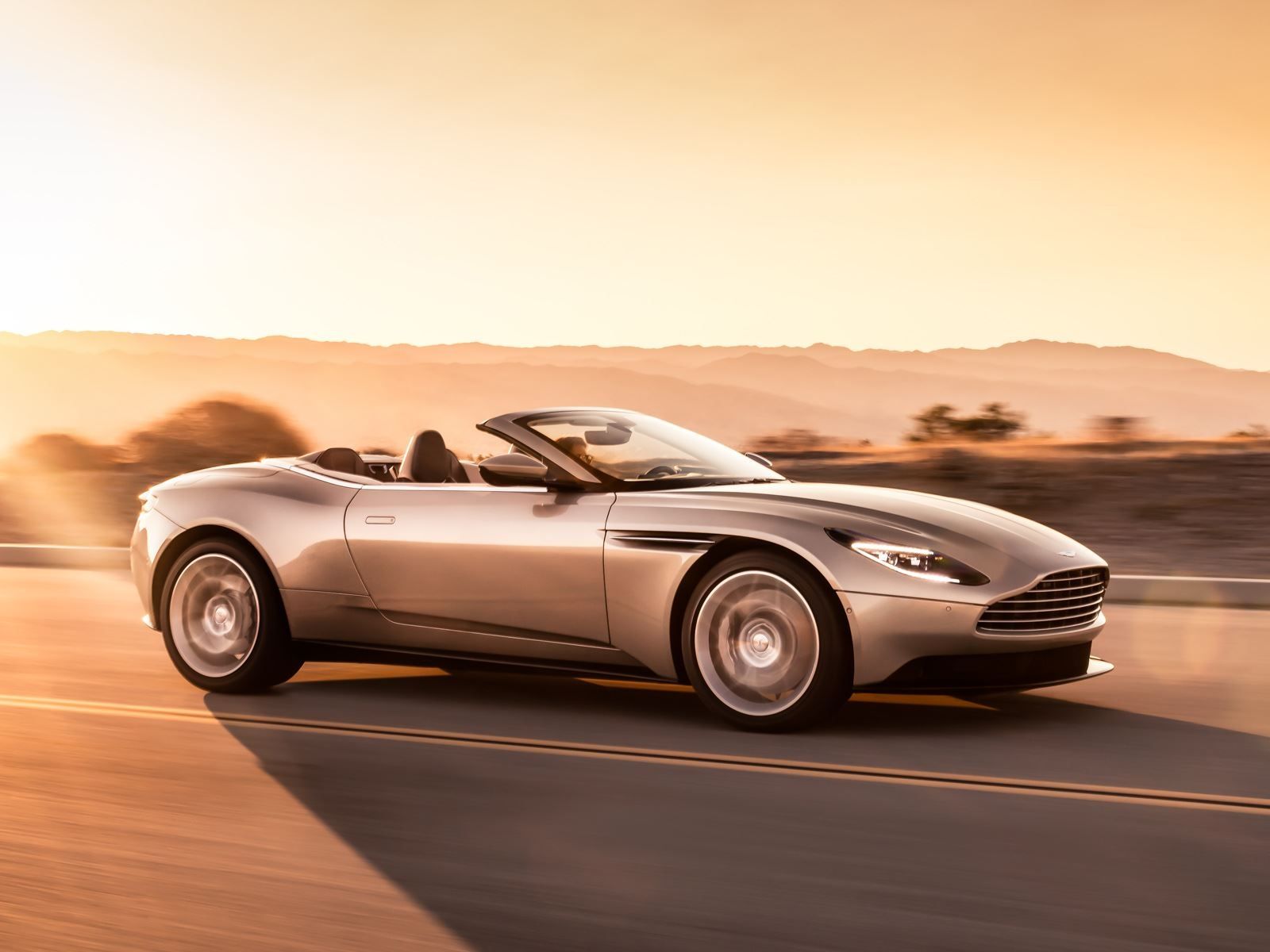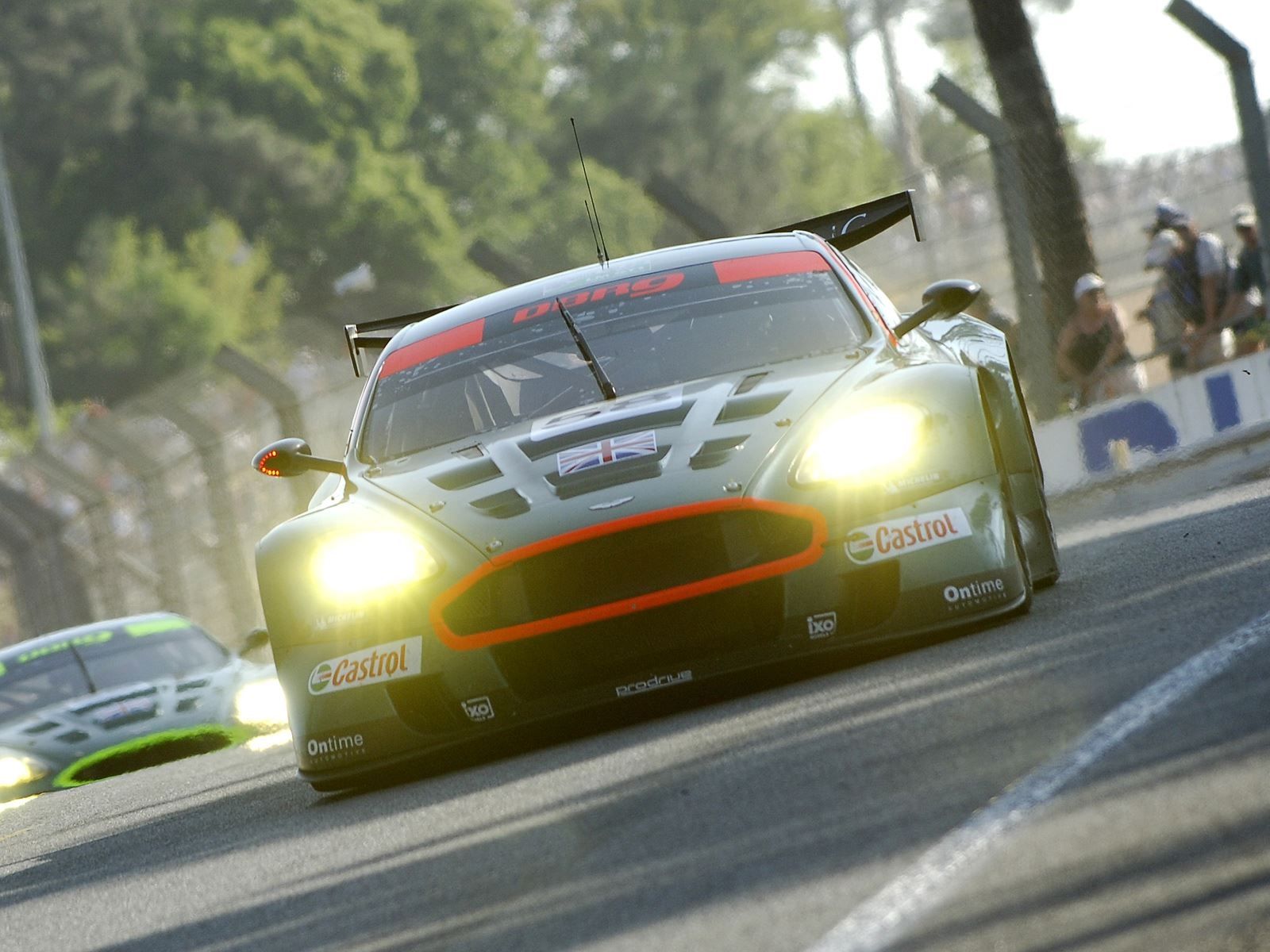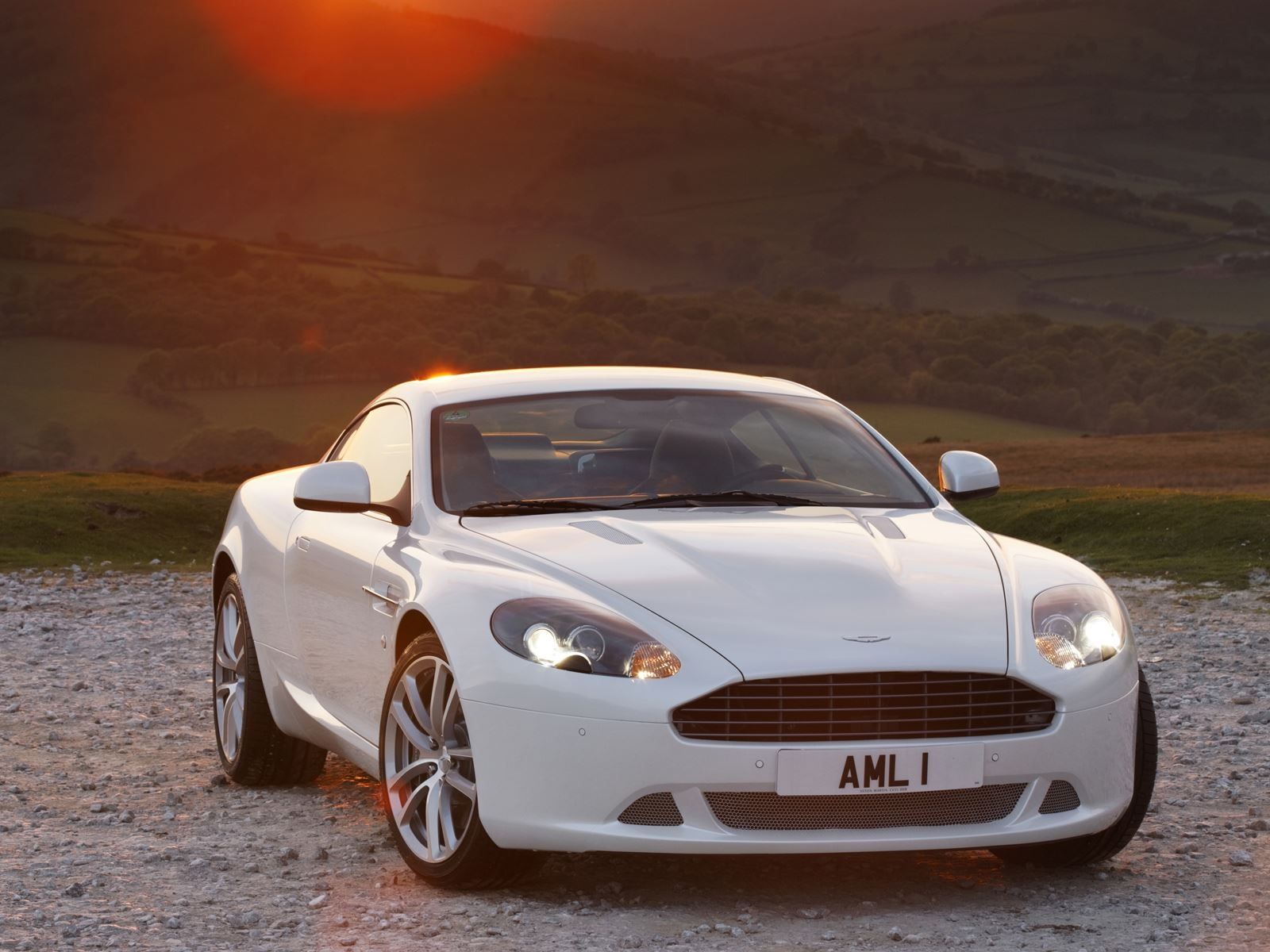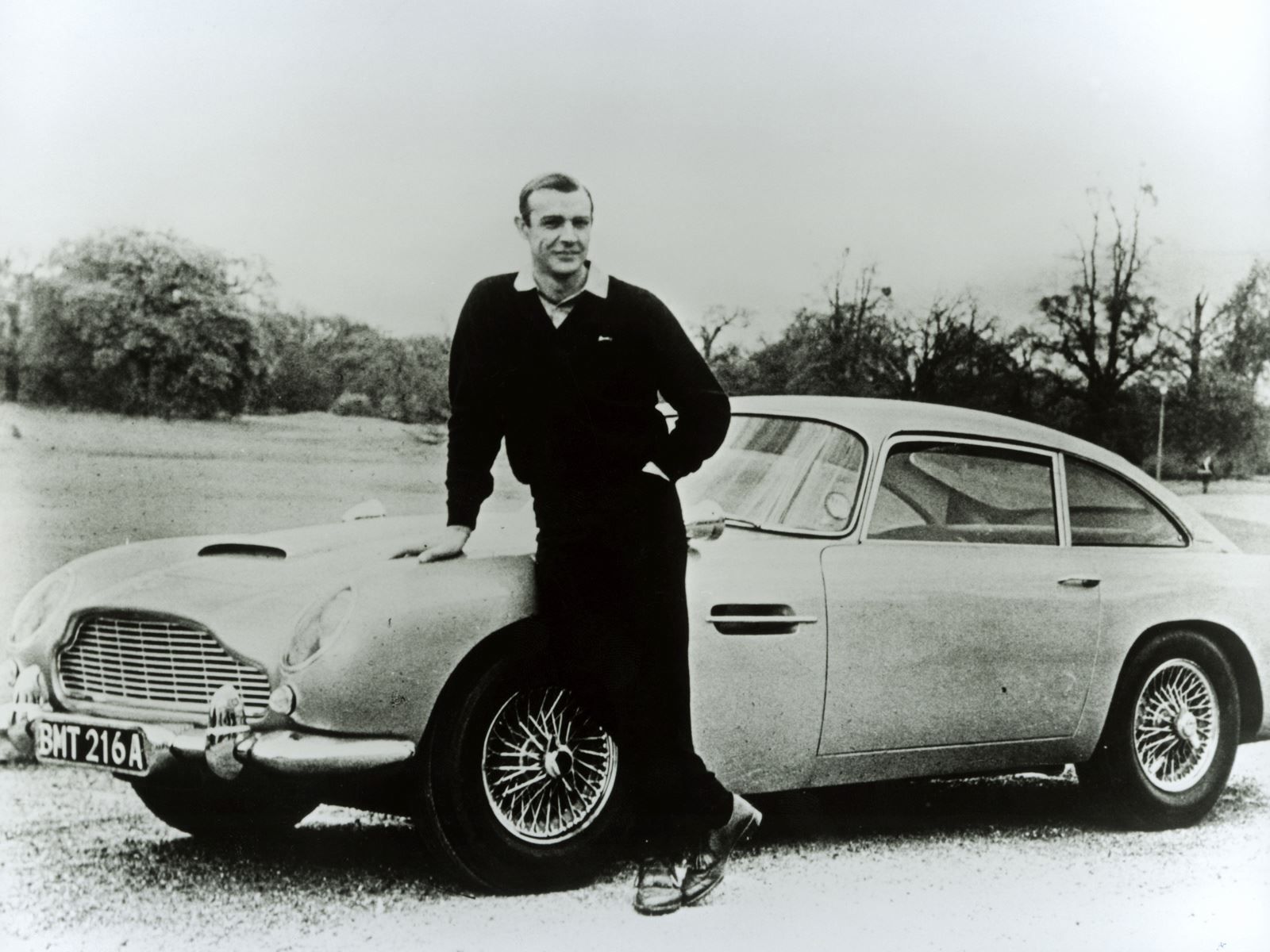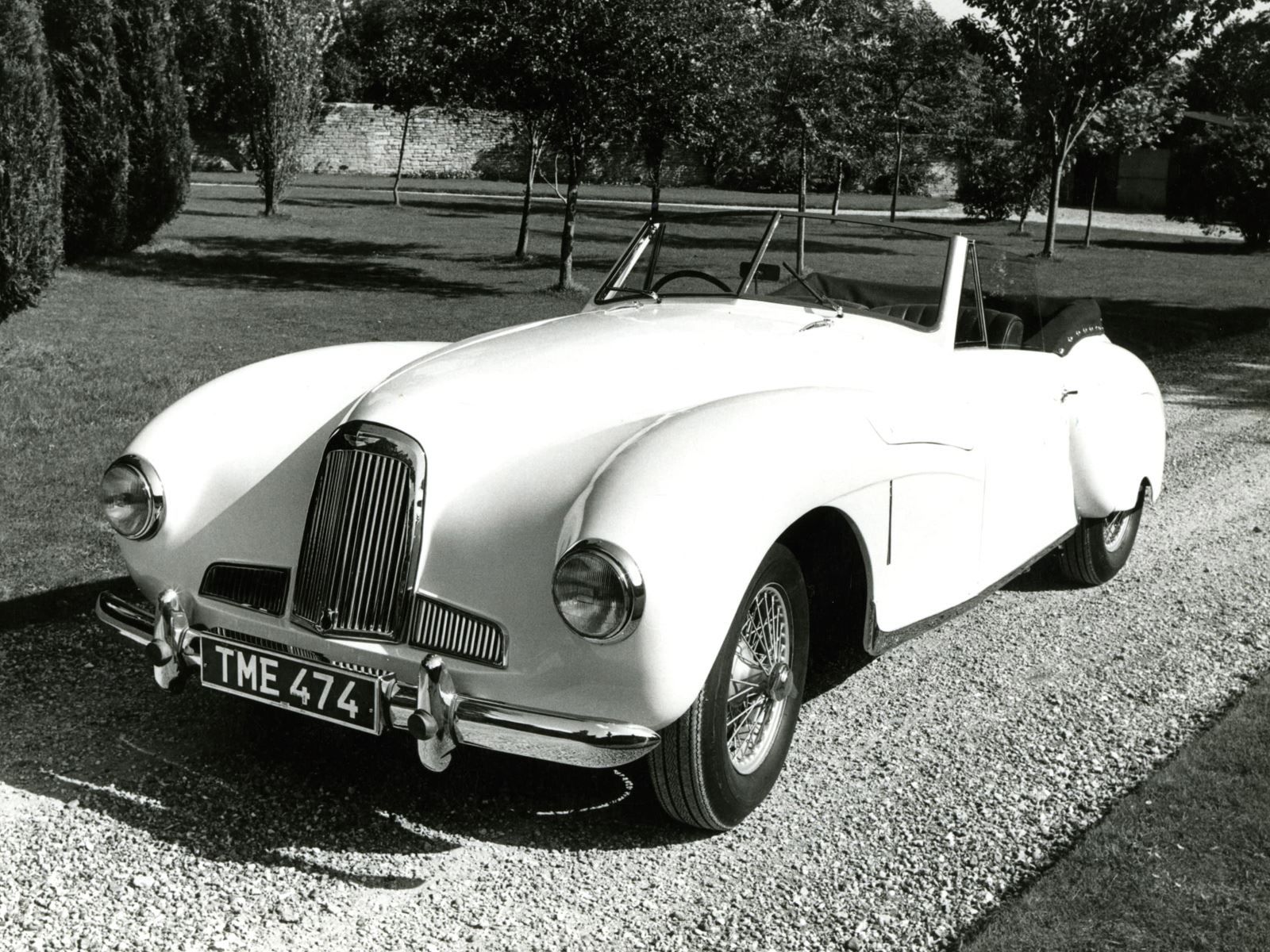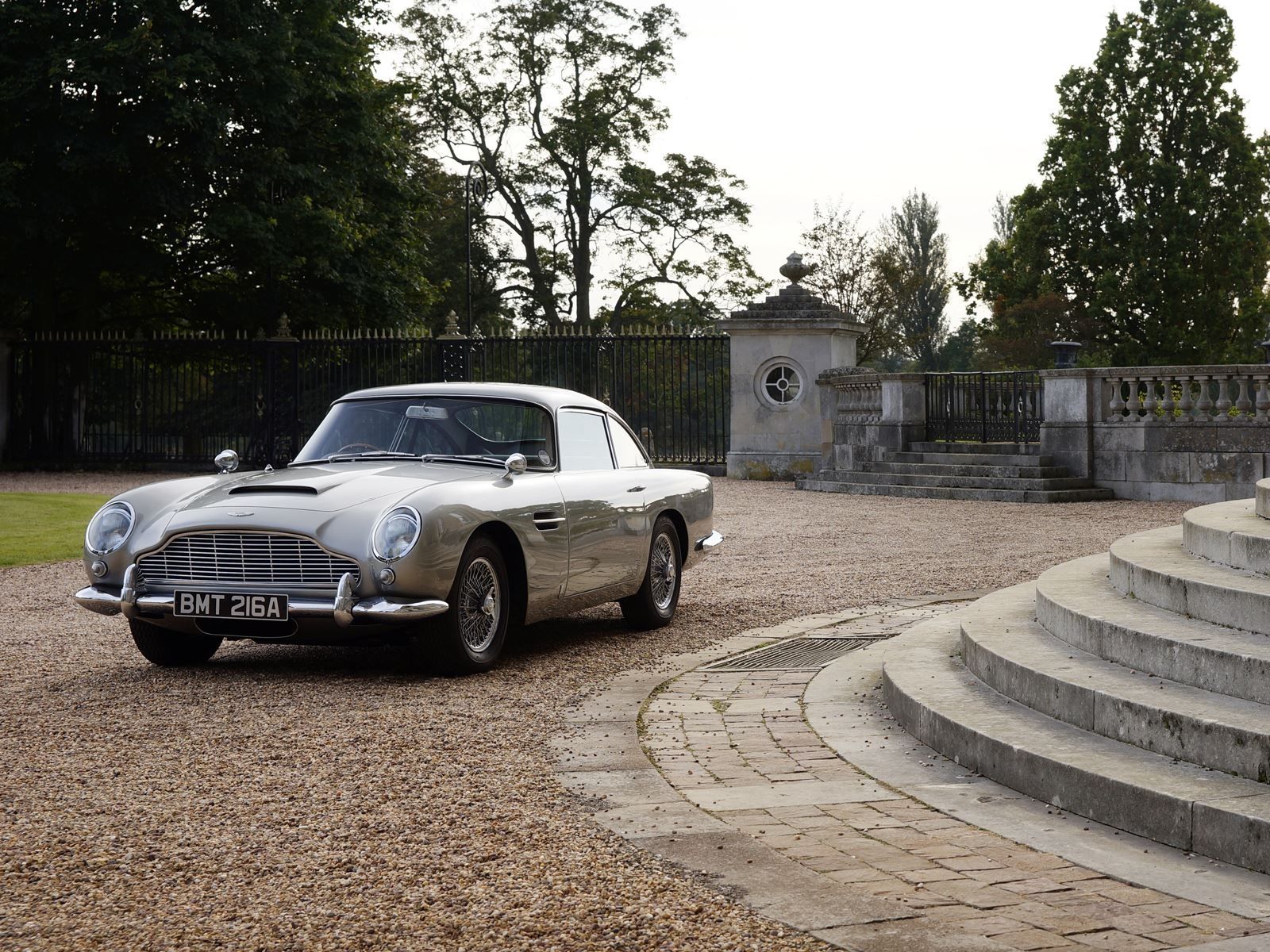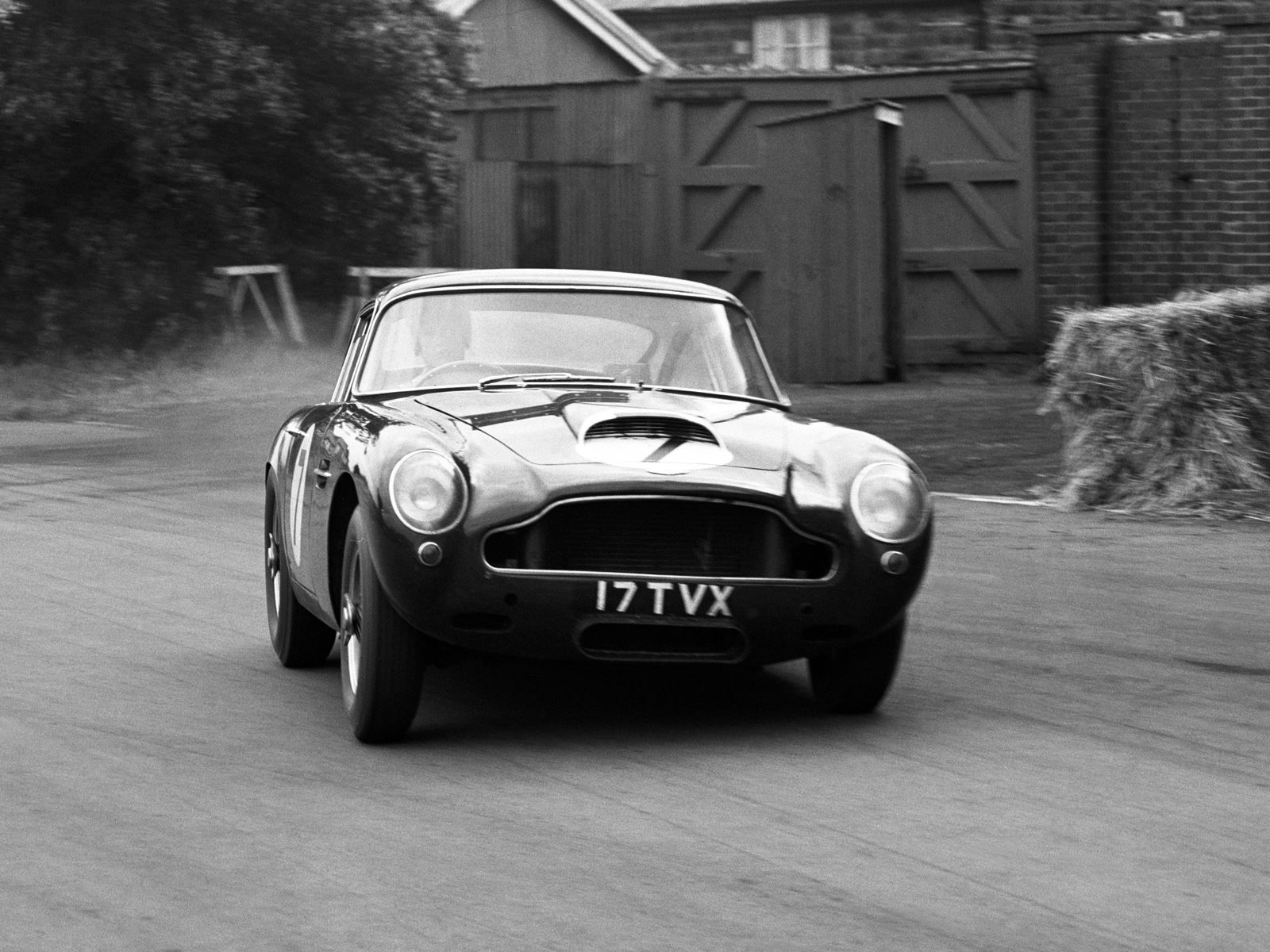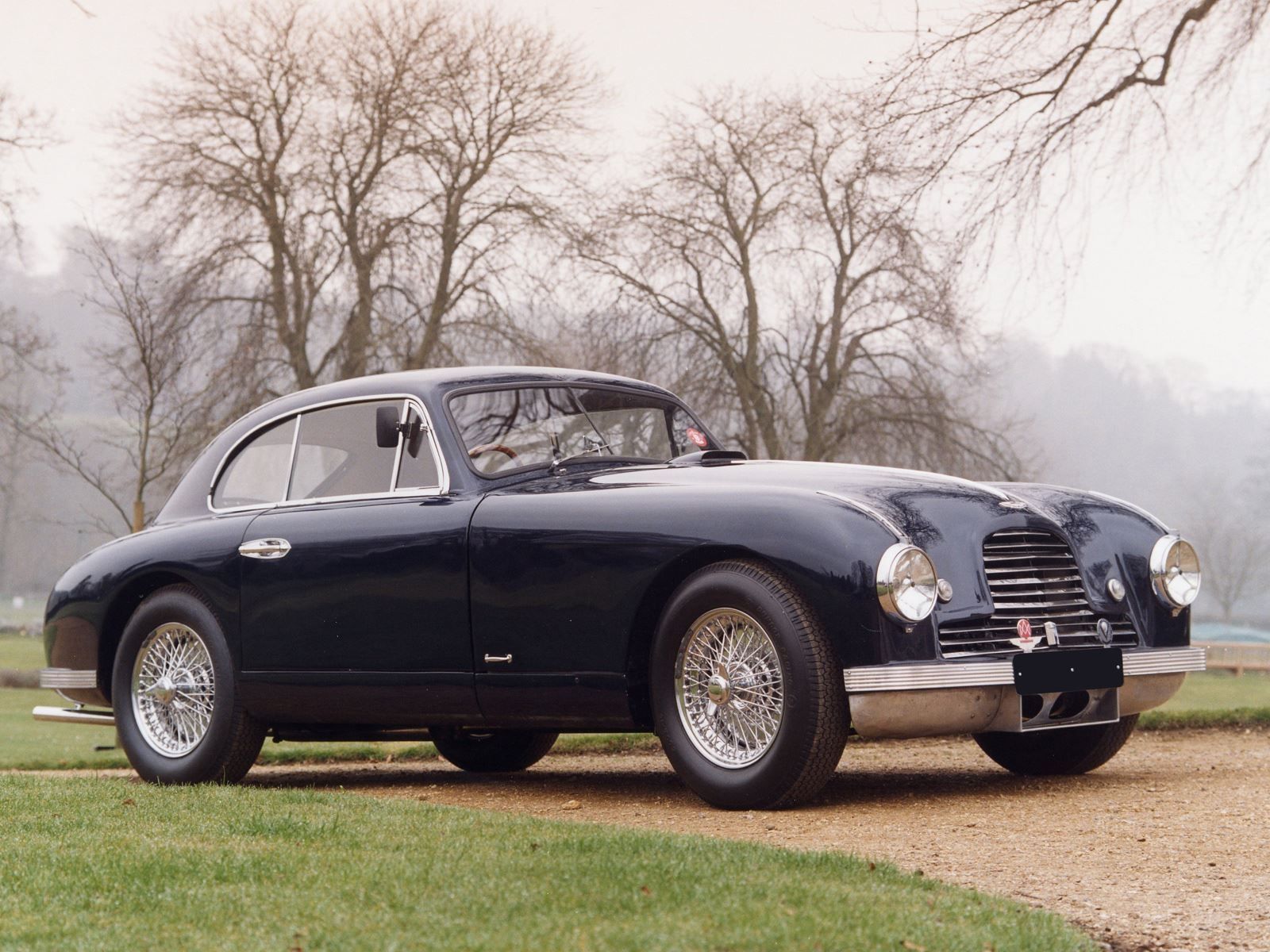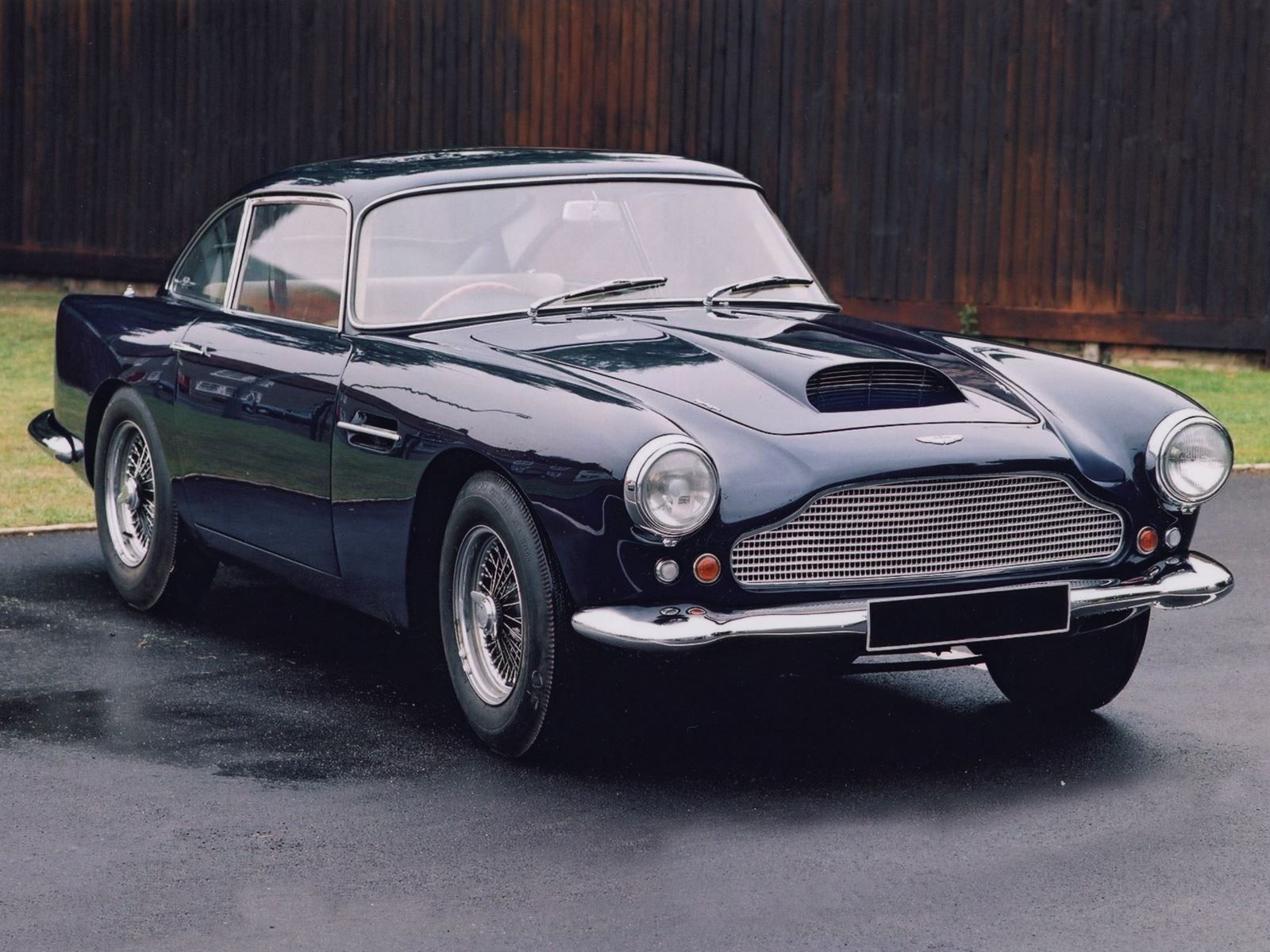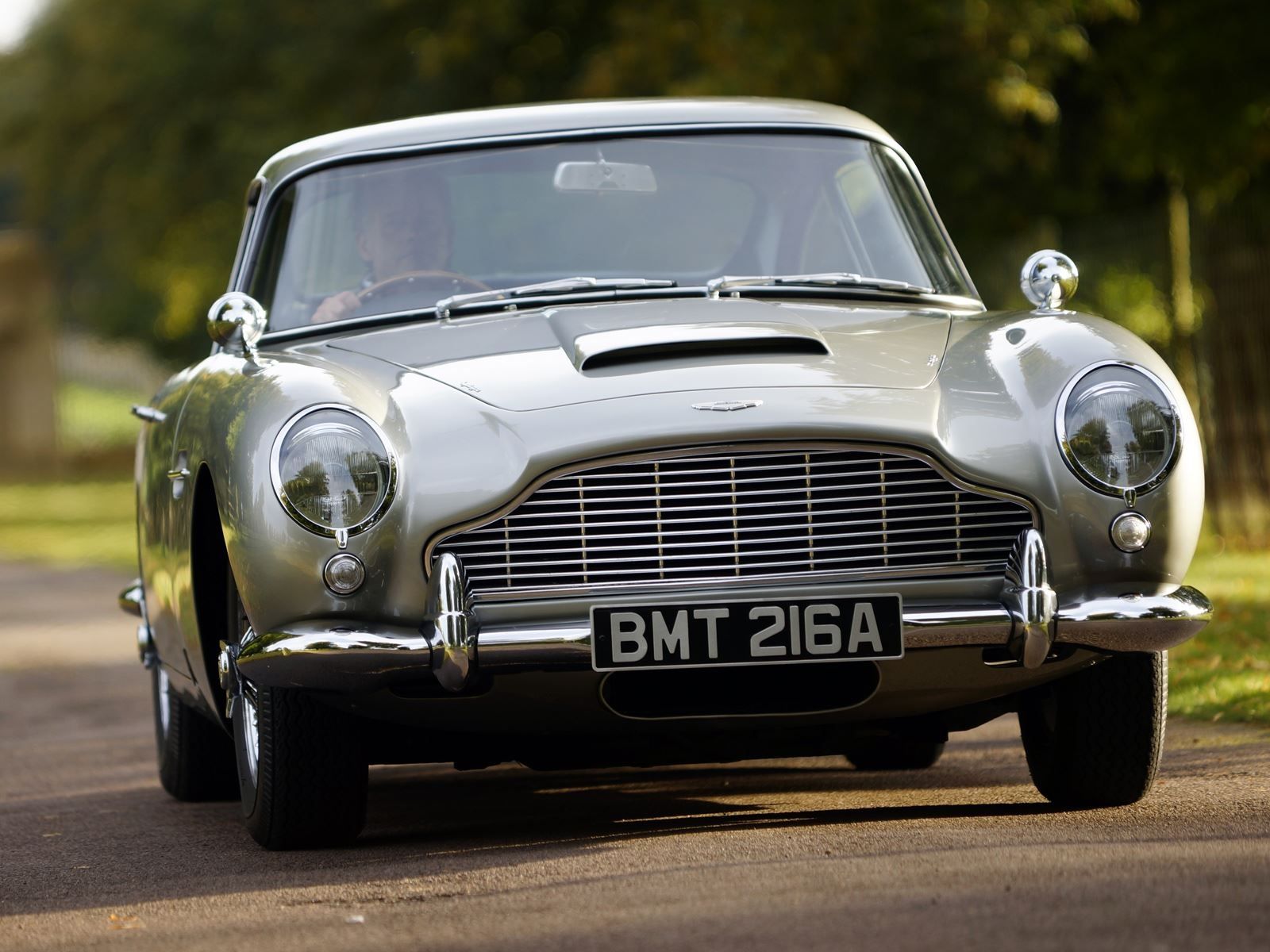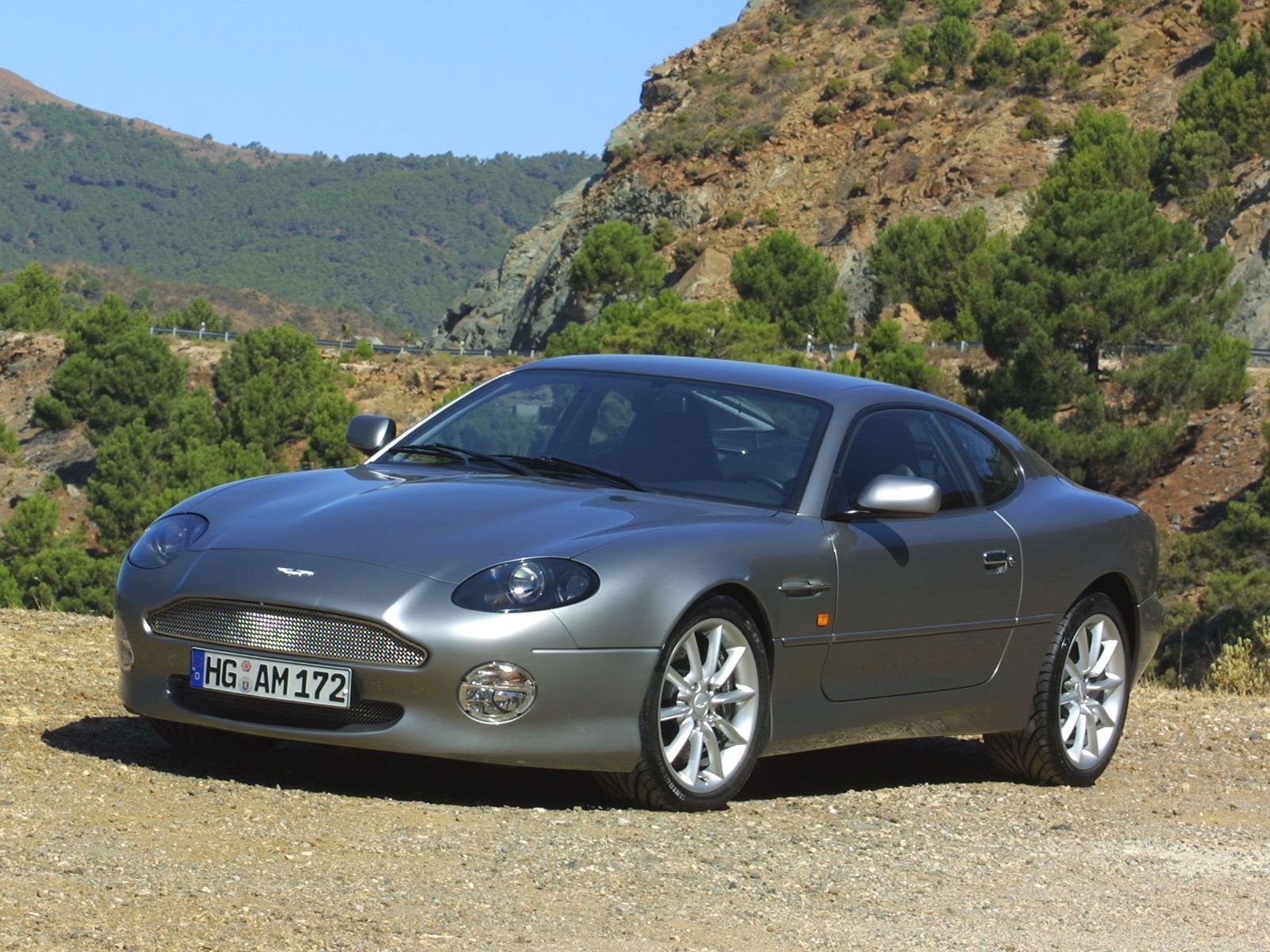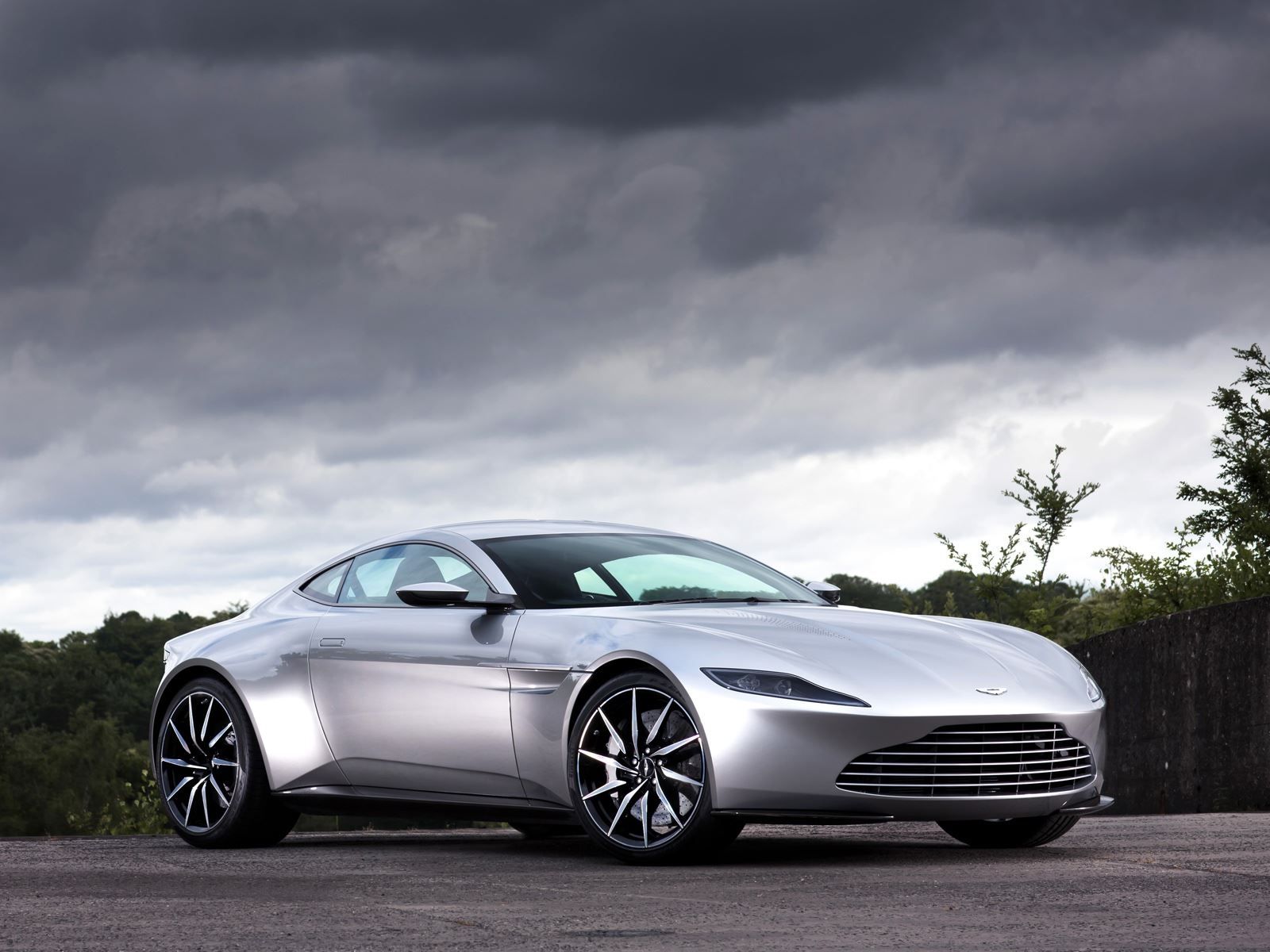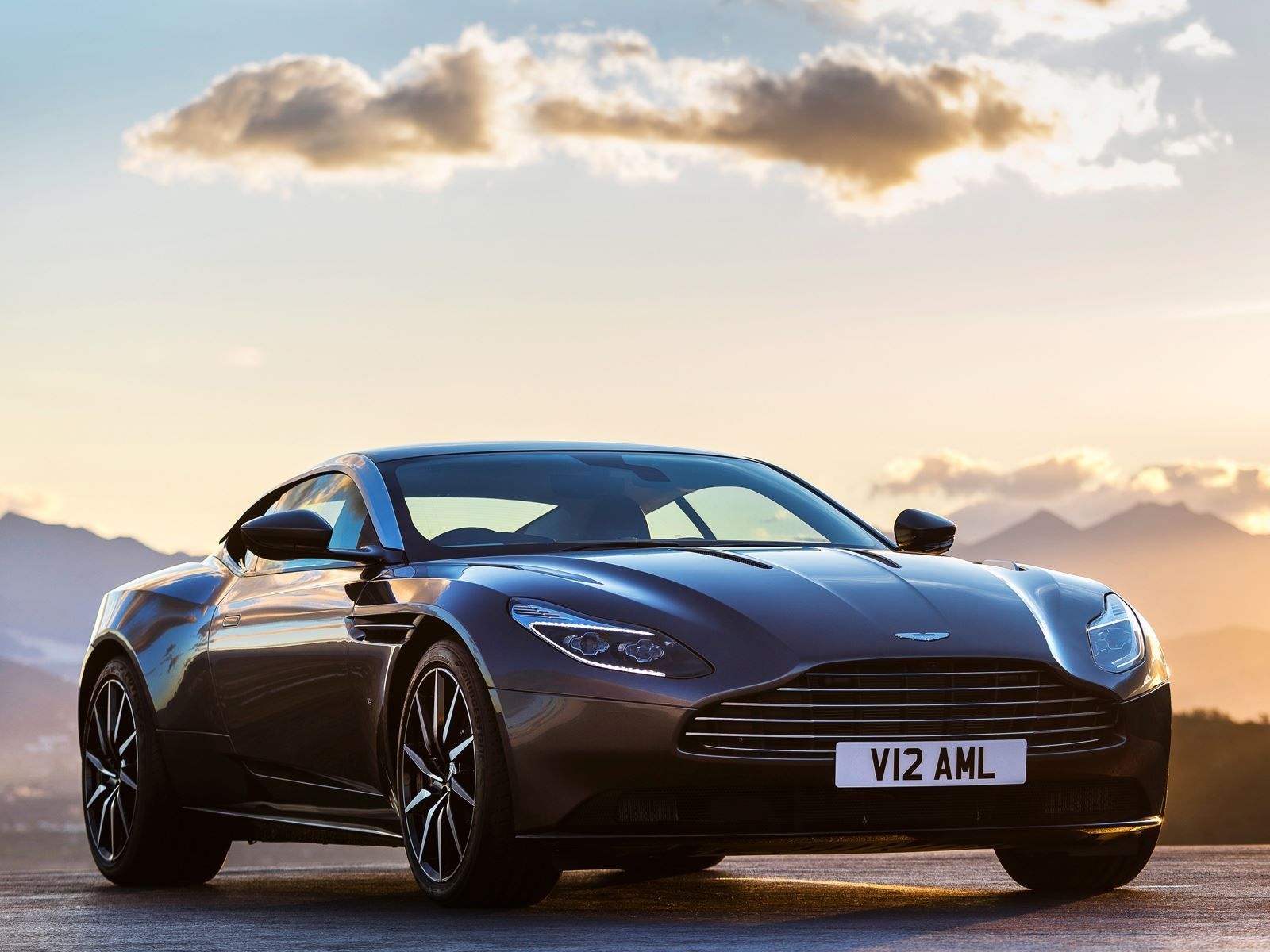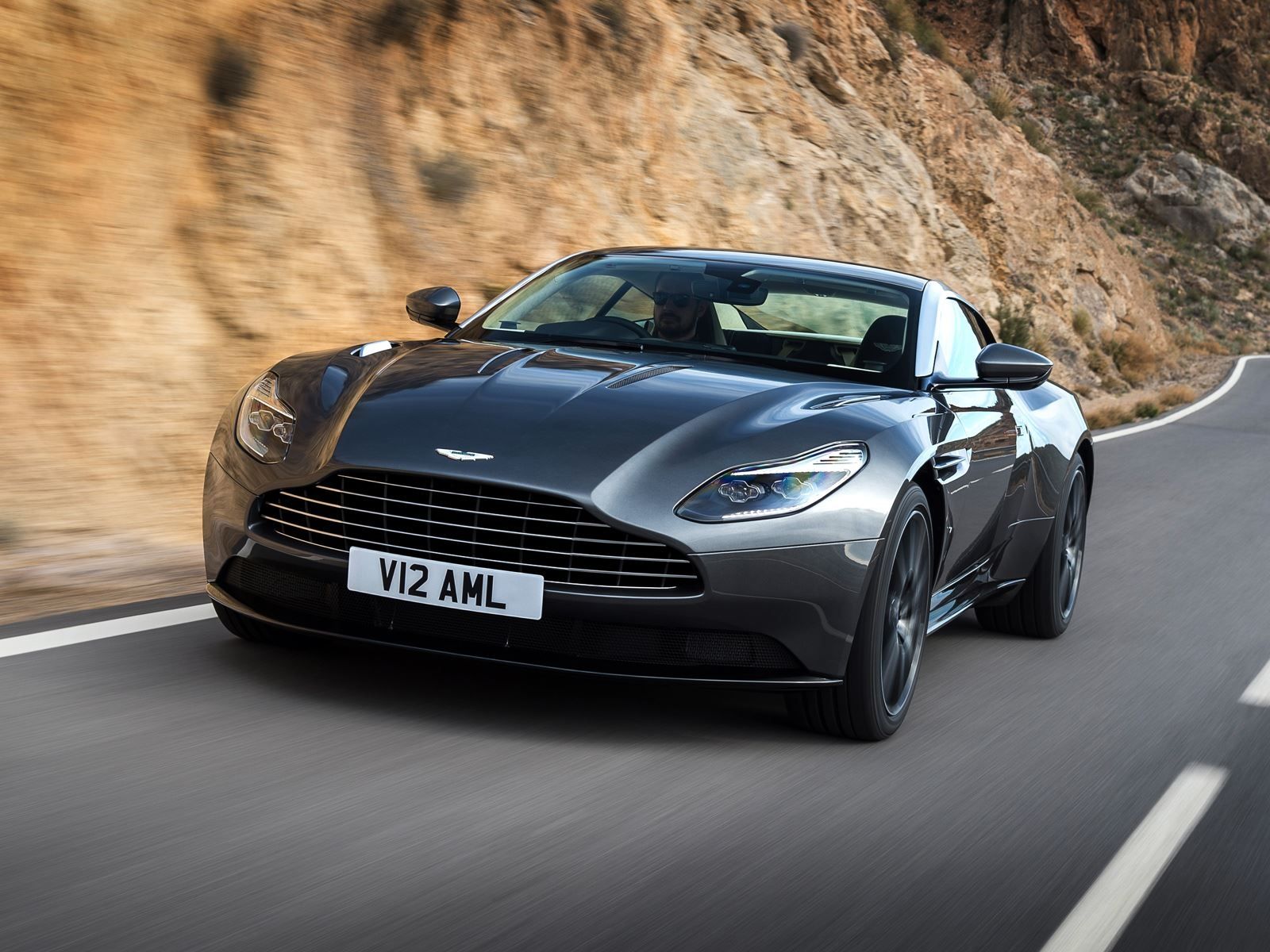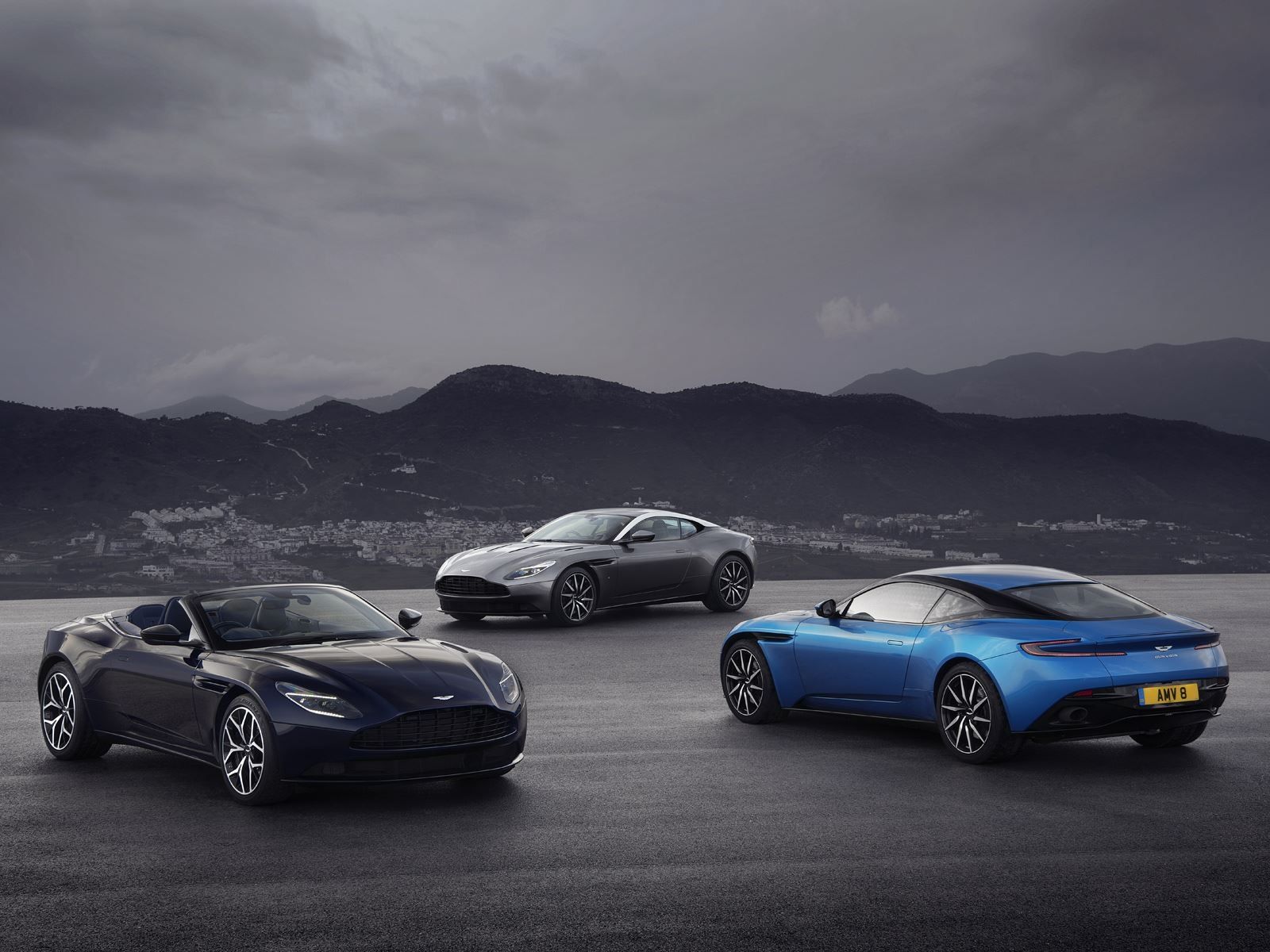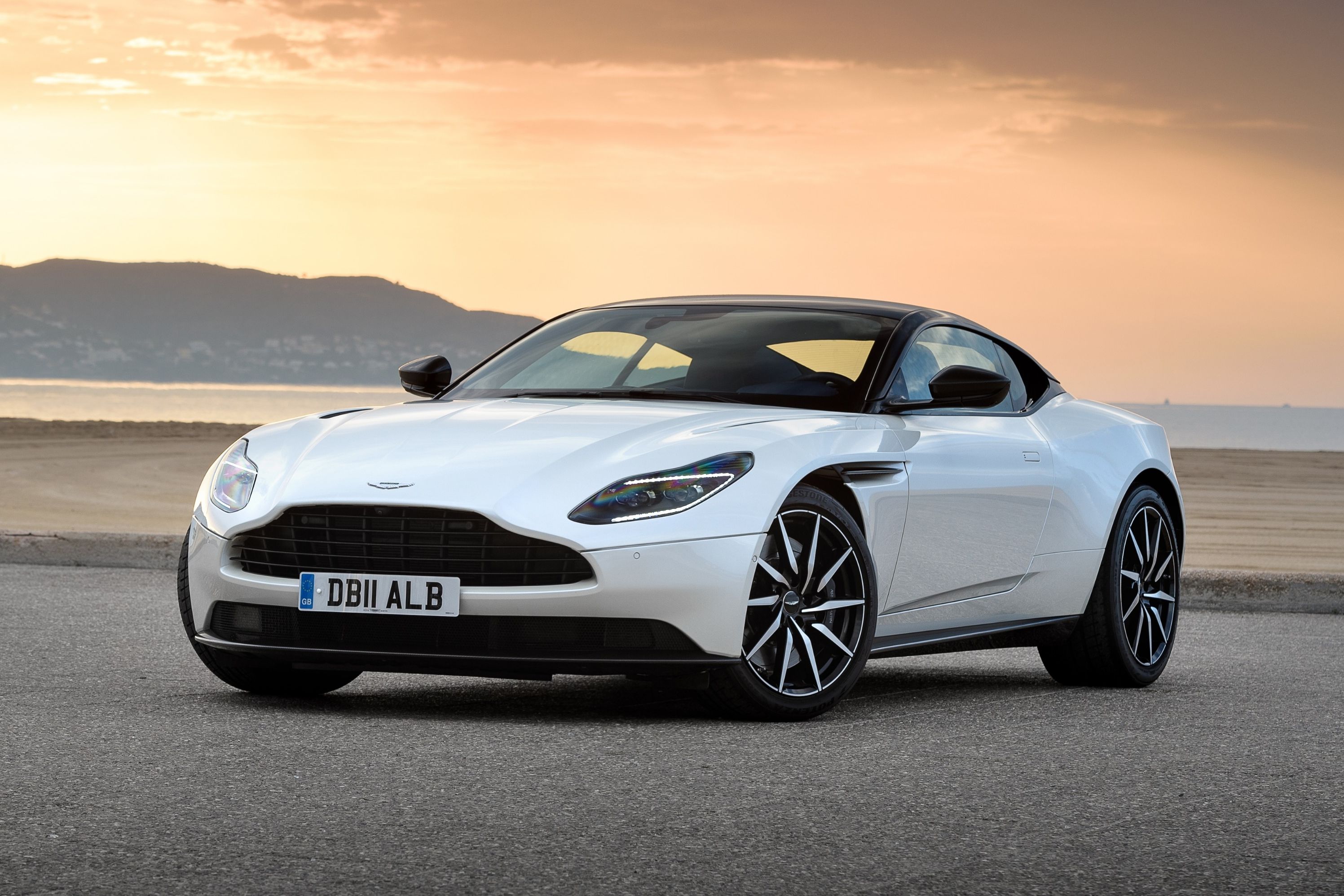
When North Americans think of iconic British sports cars nine times out of ten they picture the shape of the iconic Aston Martin DB. The letters stand for David Brown, the man who bought Aston Martin in 1947, and it's been 70 years since Aston Martin first introduced the world to the DB1. With the DB11 now among us, the company is getting all teary eyed over the long and storied history of its defining nameplate. Among car people the letters DB have become synonymous with Aston Martin.
The first car was launched as the 2-liter Sports in 1948 but it was retroactively named the DB1 from 1950 onwards. Really though, it was the 1949 DB2 that truly introduced the world to Aston Martin as we've come to know it today. The DB2 was then continually updated until it was replaced in 1959 by the faster, and sexier DB4, the first car Aston built on the Newport Pagnell site the company still occupies to this day. The DB4 was then replaced by the DB5 in 1963, when James Bond famously adopted one in the film Goldfinger. The larger, more spacious and comfortable DB6 took over the reins just two years later.
In 1967 the William Towns-designed DBS debuted even though it was missing the four-cam V8 engine it was designed around. Regardless, compared to the DB6 it was larger, wider, and equipped with a De Dion rear axle. The DBS V8 finally arrived in 1969 and launched an engine architecture that survived for more than 40 years. Around the time Ford came on board, Aston chairman Walter Hayes offered Brown the title of Honorary Life President. In turn, Brown granted the company use of his initials once more for the DB7. Unfortunately, Brown didn't live to see it after passing away in 1993.
It would be another ten years until the next DB arrived. The DB9 was the first built at Aston's Gaydon headquarters and also birthed the second DBS along with Bond's bespoke DB10. With the new DB11 and soon to-be-launched DBS Superleggera, the DB brand continues to be a fundamental part of Aston Martin's identity.


